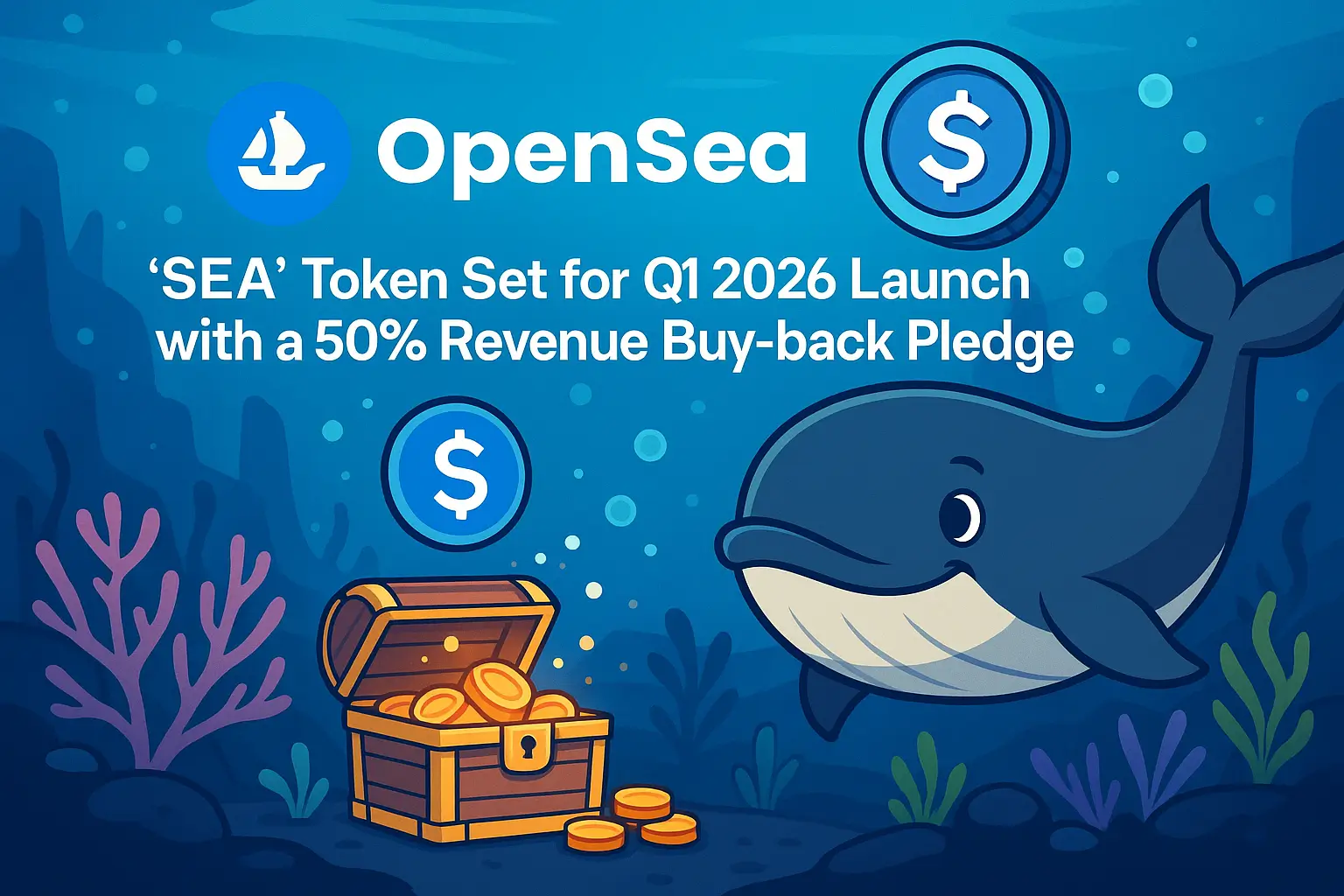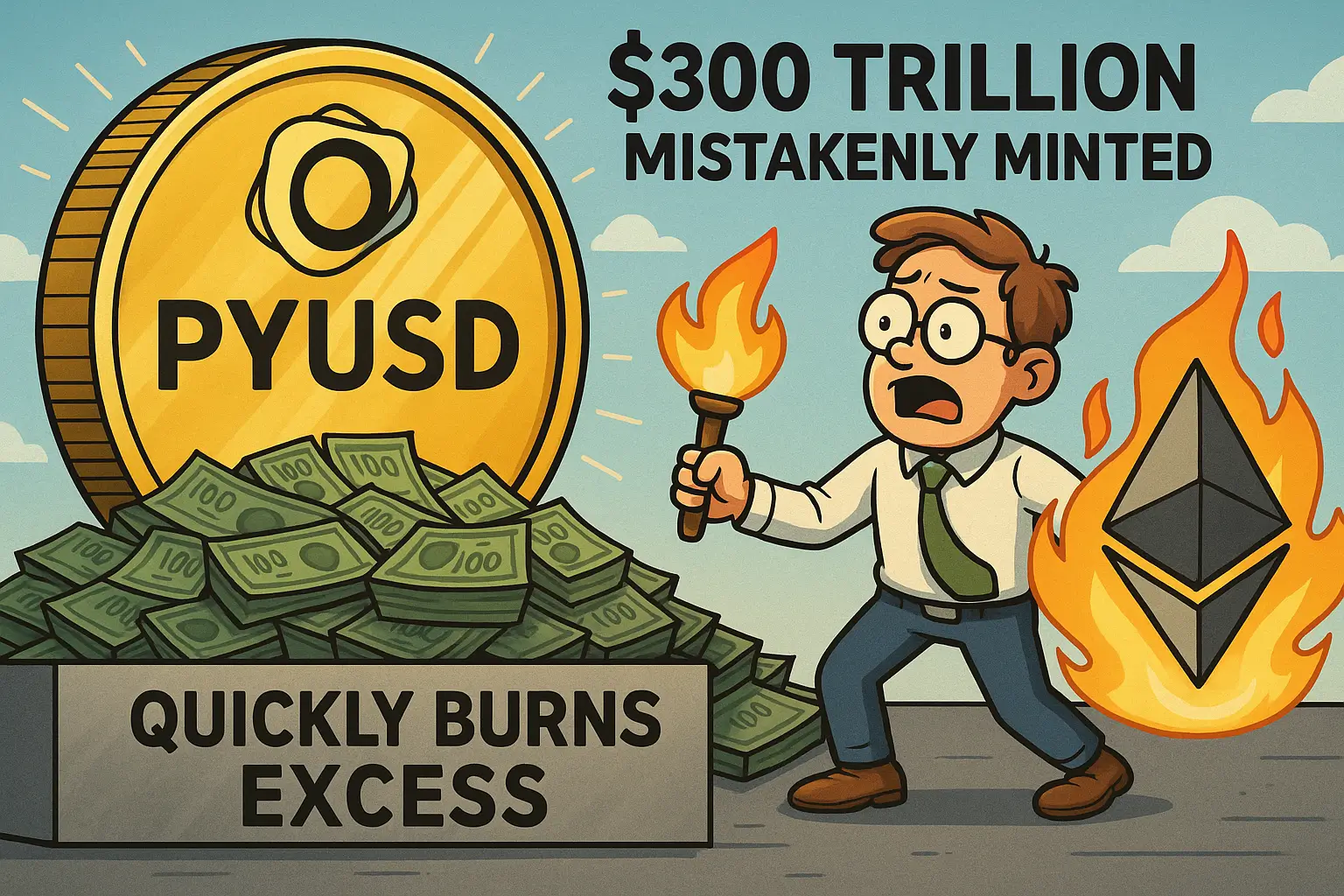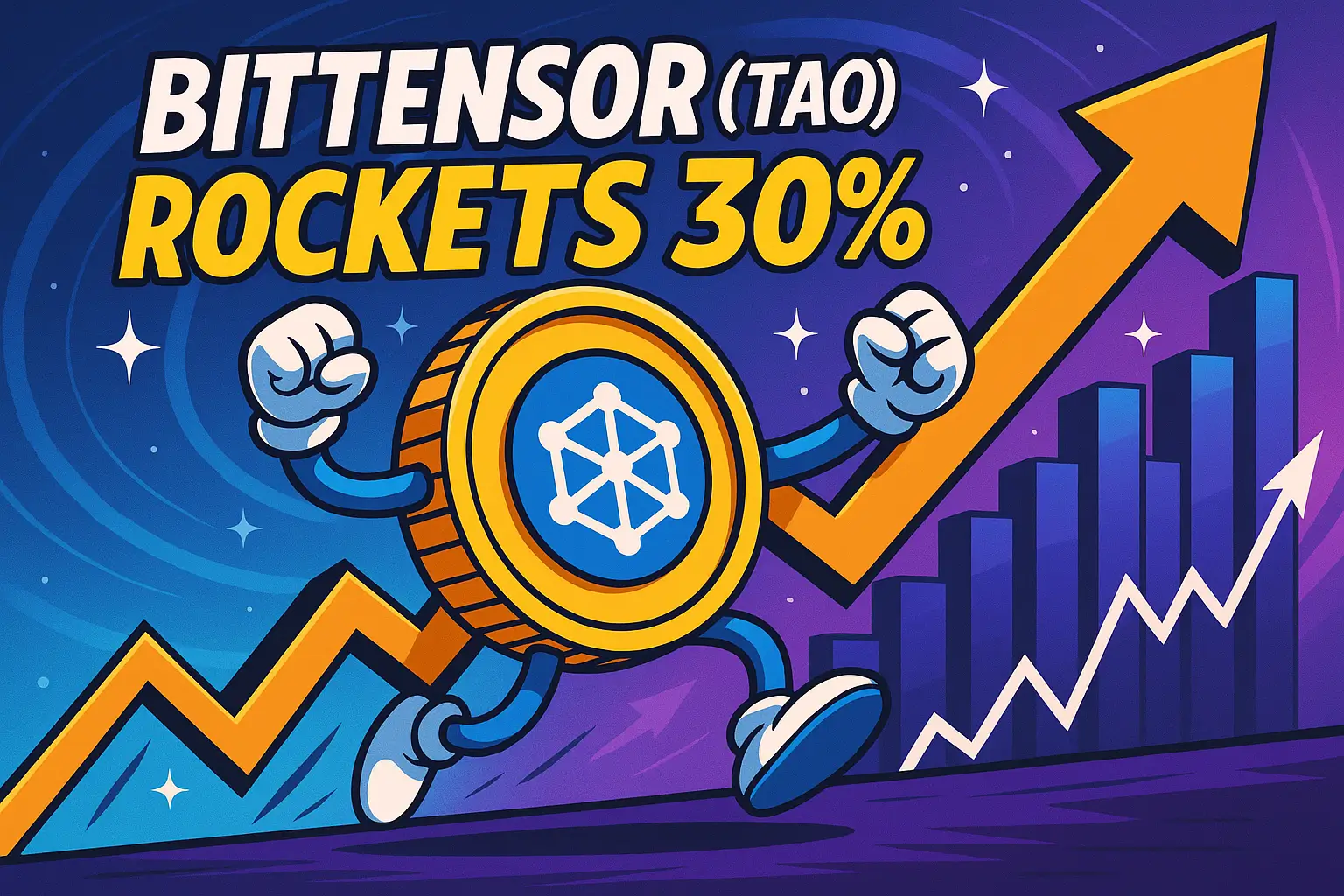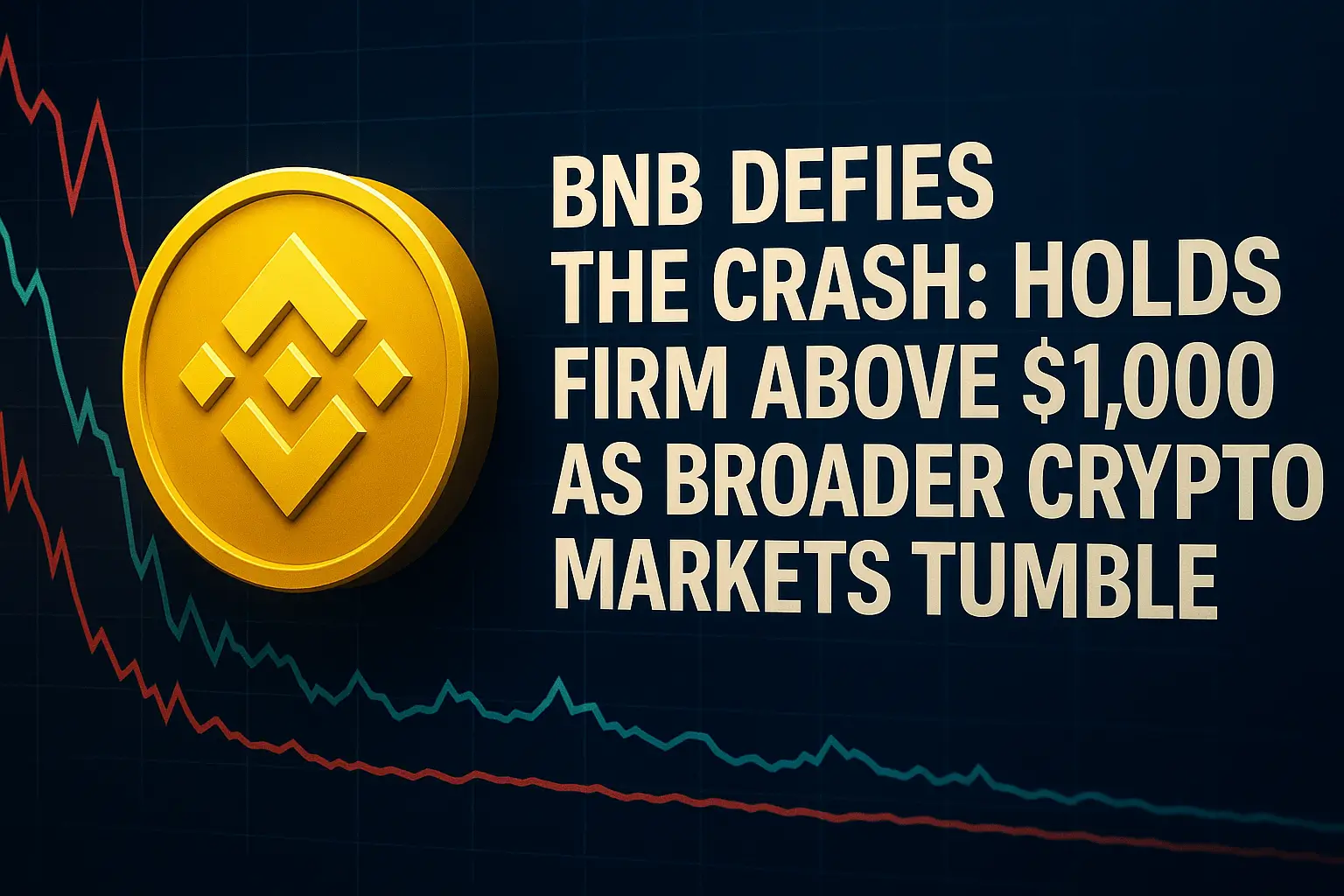The team behind the KDA token and the Kadena blockchain announced an immediate shutdown of business operations, sending KDA plummeting more than 60% as of the latest update.
Key Takeaways:
- The Kadena organization declared it will cease all business activity and active maintenance of its blockchain, citing “market conditions” as the driving reason.
- The KDA token fell sharply, with drops exceeding 60% in a short span following the announcement.
- As the Kadena team confirms stepping away, the blockchain itself remains running under independent miners and community governance, which raised questions about its roadmap, token economics and ecosystem viability.
Late on 21 October 2025, at 7:40AM UTC, the Kadena organization announced via X (formerly Twitter) that it “is no longer able to continue business operations and will be ceasing all business activity and active maintenance of the Kadena blockchain immediately.” The team cited worsening market conditions and a lack of sustainable backing as the reason.
While the organization withdraws, the Kadena network itself remains operational, maintained by independent miners and community contributors under its proof-of-work (PoW) system. A new binary executable will be issued to node operators so the blockchain can continue without the organization’s involvement. Analysts highlighted this as an example of the “decentralization paradox,” a network branded as decentralized yet dependent on a central team for momentum.
KDA Token Crashes as Investors React
Kadena’s native token KDA’s price saw an immediate crash following its announcement of discontinuing business operations, as holders and investors exit that resulted into a massive selling pressure. At the time of writing (10:45AM UTC), KDA trades at approximately $0.07854, reflecting a massive drop of 62% in just a span of 24 hours.
The token was seen falling from around $0.207 to $0.078 in the immediate aftermath of the announcement, erasing nearly all gains since its 2021 peak of ~$27.64. Technical indicators suggest heavy selling pressure and an oversold market, indicating a potential short-term rebound if confidence in community governance emerges.
Community Faces Governance Challenge
With the core team stepping aside, Kadena’s future depends on miners and community developers. The transition carries risks: without a dedicated team to manage protocol upgrades, ecosystem projects, and support, the network could stagnate. Existing token unlocks and mining rewards now require careful community oversight to maintain trust.
Developer Momentum in Question
Kadena had promoted itself as a scalable, PoW smart-contract blockchain with enterprise and developer appeal through its Pact language and braided architecture. The shutdown raises uncertainty around ongoing protocol upgrades and ecosystem projects. Investor confidence has been severely impacted, as the network’s operational and development leadership is now entirely community-driven.
What’s Next for KDA: Can the Community Hold the Line?
The immediate future of Kadena now rests entirely on community resilience. Key factors include the ability to sustain node operations, manage protocol updates, and retain ecosystem projects. Handling token unlocks and mining rewards effectively will be crucial for maintaining trust among investors and developers. Without a clear roadmap or active development, KDA could remain a low-liquidity, high-risk asset. Conversely, if the community organizes successfully and stabilizes operations, limited recovery may be possible. The organization’s exit underscores a key lesson in crypto: decentralization does not guarantee self-sufficiency, and execution remains critical for survival.
Summary
Kadena’s core team is shutting down all business operations and active chain maintenance, triggering a 60%+ KDA plunge. The PoW network keeps running via miners and community, but uncertainty around upgrades, token economics, and leadership clouds the path forward.






















